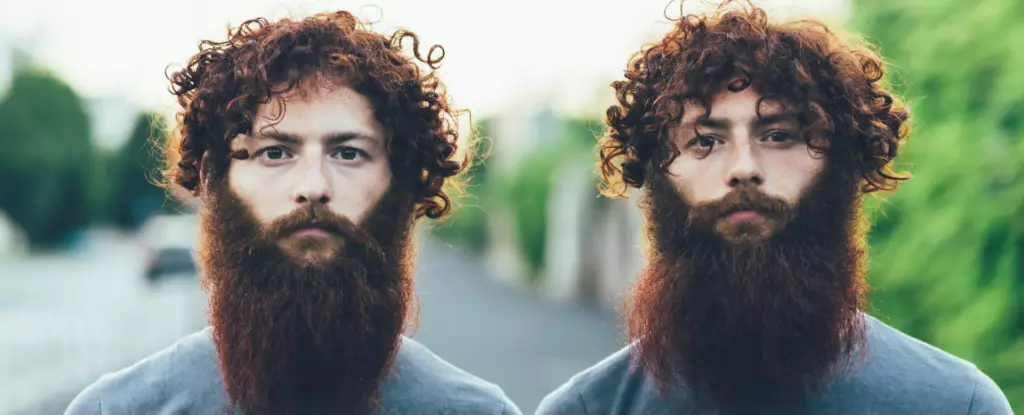Hair and nails are not merely aspects of our appearance; they carry rich cultural meanings and have historically acted as indicators of social status. From the primal identity associated with unkempt locks to the polished perfection of the modern-day professional, our grooming habits reflect both personal and societal values. With the onset of the COVID-19 pandemic, many people found refuge in the mundane act of maintaining their hair and nails, even resorting to DIY grooming during lockdowns. Despite these interruptions, one can ponder: what would happen if we all stopped grooming altogether? Would our hair and nails continue their relentless journey of growth?
Indeed, hair and nails possess a remarkable capacity for growth. On average, human hair grows approximately one centimeter each month, while nails gain about 3 millimeters in the same timeframe. When left untrimmed, the potential lengths that hair and nails can reach are astonishing. Take Aliia Nasyrova, known as the “Ukrainian Rapunzel,” whose hair elegantly extends to a phenomenal 257.33 centimeters. Meanwhile, nail growth records tell the tale of Diana Armstrong from the United States, whose fingernails collectively measure an eye-popping 1,306.58 centimeters. However, these extremes are not commonplace; most individuals maintain regular grooming habits. This leads to a fascinating question: why do some people experience faster growth in their hair and nails compared to others?
At the heart of hair and nail growth lies keratin, a vital protein that constitutes their structure. The genesis of hair begins at the matrix cells, which reside beneath the skin. These cells operate under specific patterns of cell division, producing new cells that push older ones outward, resulting in visible hair and nails. The growth trajectory includes various phases: the growth phase (anagen), transition phase (catagen), resting phase (telogen), and shedding phase (exogen). The anagen phase, which can span from two to eight years, is particularly crucial; during this time, a healthy follicle steadily fosters new growth.
Contrary to what one might assume, the growth of hair and nails isn’t synchronized across all follicles. Typically, only about 10% of hair follicles are in a resting phase at any given time. Consequently, individuals might shed an average of 100 to 150 hairs daily without any noticeable impact, given that a human scalp is often home to around 100,000 hair follicles. This intricate cycle ensures that while we may lose strands, our overall appearance remains intact.
The Role of Genetics and External Factors
Genetic predisposition significantly influences the growth rate of both hair and nails, with familial patterns emerging frequently. For instance, siblings—especially identical twins—often exhibit similar growth rates. However, this genetic narrative is intricately woven with environmental and biological factors such as age, hormones, and nutrition.
As we age, our metabolic rates and cellular functions undergo changes, leading to a natural slowing of hair and nail growth. Younger individuals typically enjoy more prolific growth rates, while hormonal fluctuations can create further variances. For example, pregnancy is known to expedite nail and hair growth, while menopause can have the opposite effect. Among these, nutrition stands as a pivotal determinant of hair and nail health. Both structures require a consistent supply of vitamins and minerals to thrive. Deficiencies in nutrients, particularly iron and zinc, have been linked directly to hair loss and fragile nails. Hence, adopting a balanced diet that incorporates the essential nutrients necessary for healthy growth can have long-term benefits.
The Myths and Misconceptions Surrounding Hair and Nail Growth
An enduring myth that might pique interest is the belief that hair and nails continue to grow post-mortem. Contrary to this popular notion, the appearance of growth after death is an optical illusion. The body undergoes dehydration, leading the skin to shrink and giving the false impression that hair and nails have lengthened. Professionals in the mortuary field are well aware of this phenomenon and may use injectable fillers to counteract such visual changes.
Whether alive or deceased, our engagement with hair and nails is a constant journey. They are living embodiments of our identity, echoing cultural significance and individual expression. From biological mechanics to hereditary influences and nutritional health, the growth patterns of hair and nails tell a multifaceted story—one that reveals much about who we are and how we navigate the world around us.

